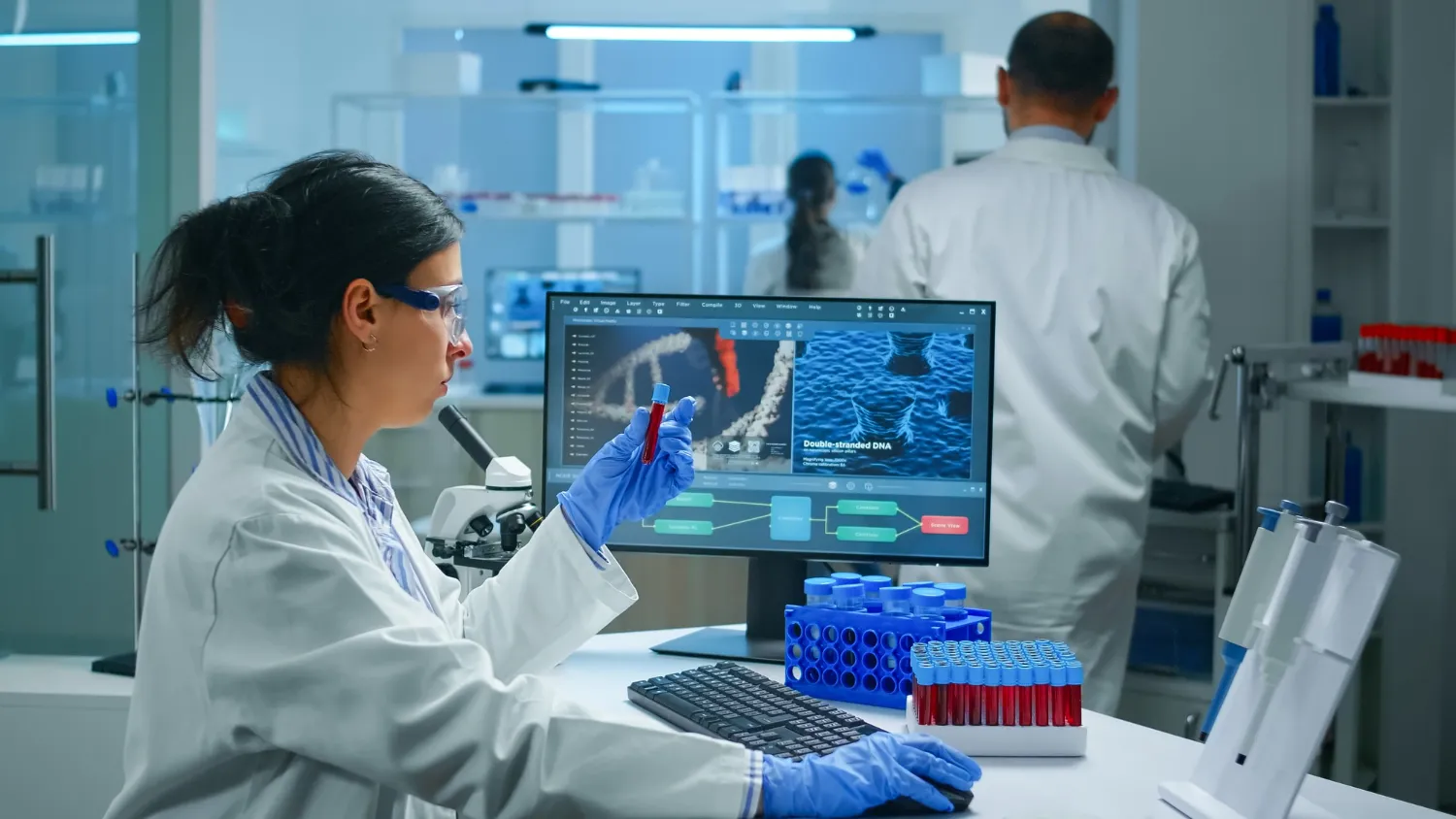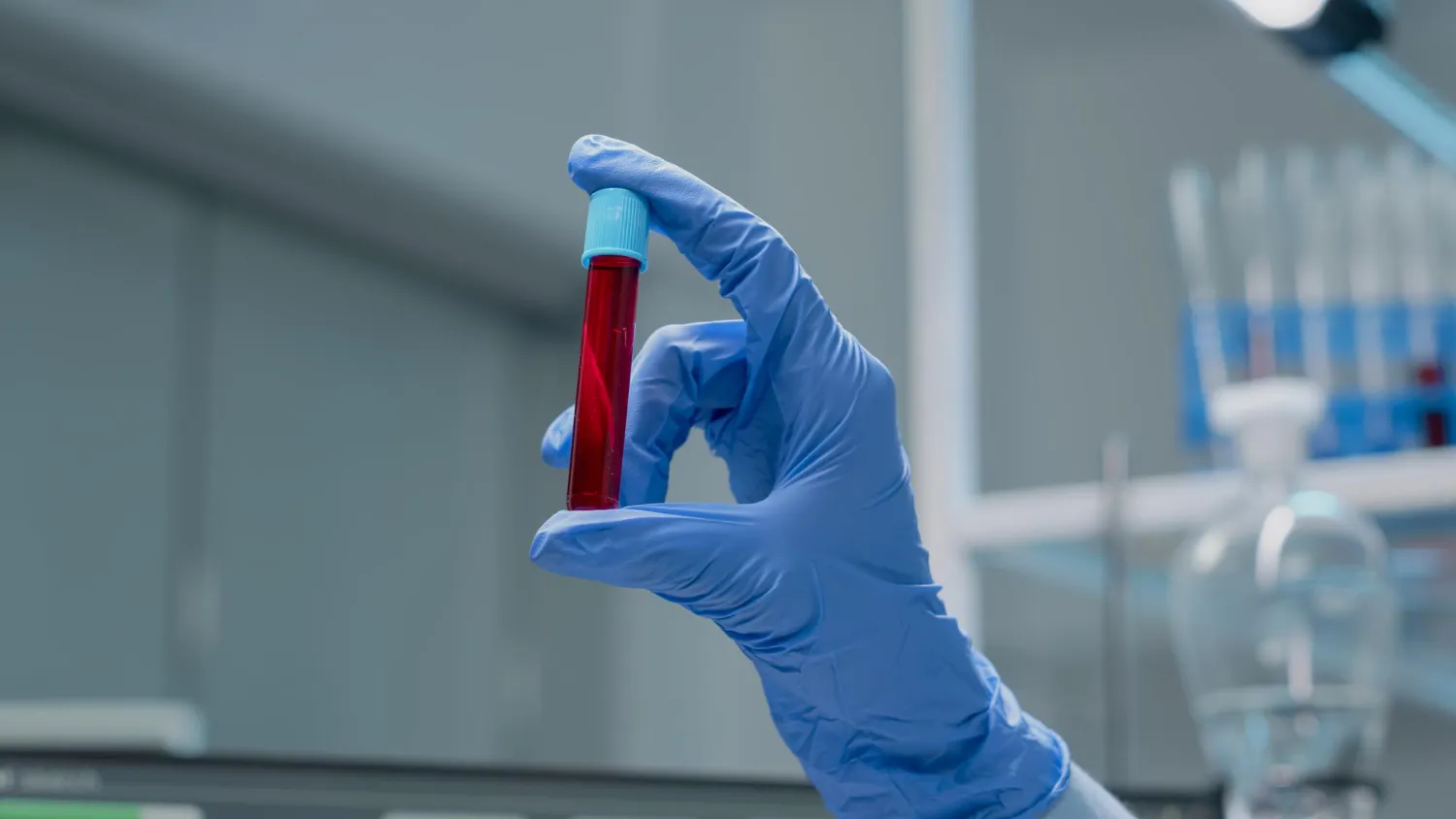
Genetic preimplantation testing is a sophisticated technique used to detect genetic mutations in embryos before they are transferred to the uterus.Aneuploid embryos (aneuploids) can result in no pregnancy, a loss of the pregnancy early, or the birth of a physically or mentally handicapped child. Abortions are not only physically, emotionally and financially burdensome for the couple, but repeated abortions can permanently damage the lining of the womb, preventing the woman from carrying her own child.
Preimplantation genetic testing enables the selection & transfer of genetically normal (Euploid) embryos.
Preimplantation genetic diagnosis (PGD):
A genetic test should be recommended when one or both parents have a known genetic abnormality. Embryos are tested here to see if they have the same specific genetic condition. The child is thus prevented from inheriting certain genetic diseases or disorders.
Eg: Sickle cell anaemia, Huntington’s disease, Cystic fibrosis, Thalassaemia, Duchene muscular dystrophy etc.
Preimplantation genetic screening (PGS):
Couples with a normal genetic makeup but with the following history typically undergo this procedure:
Age of the mother (> 35 years)
Previously lost or aborted pregnancies (either naturally or with IVF/IUI)
Previous failed IVF attempts
Infertility due to severe male factor (very poor semen analysis report).
If previous pregnancy has been affected by any chromosomal abnormality

How is it done?
A woman must undergo a standard IVF cycle for preimplantation genetic analysis to be successful
Laboratory-created embryos are then biopsyed. A few embryos are microsurgery removed from these IVF embryos as part of embryo biopsy.
A DNA test then determines if the cells have normal DNA or if they are inherited with a problematic gene
However, a blastocyst biopsy (day 5) is preferable. An embryo can also be tested at the cleavage stage (day 3).
Embryos can be frozen following the biopsy, or they can continue to grow in the lab until the genetic analysis is ready.
Genetically normal embryos are used for embryo transfer. Any extra euploid embryos can be frozen for use in the future by the couple
Embryos with genetic defects are discarded or destroyed
After you have begun an IVF cycle, this process may take a few weeks.
Embryo Biopsy on cleavage stage (day3)
Embryo Biopsy on blastocyst stage (Day 5/6)
What are the risks? Is the procedure Safe for my embryos & fetus?
In order to perform this procedure, you will need special equipment, training, and skills. Unskilled hands can destroy an embryo by performing an incorrect embryo biopsy.
It has been demonstrated that preimplantation genetic testing and embryo biopsy do not adversely affect the growth of the embryo or the fetus. Over a thousand babies have been delivered in healthy condition through this procedure since 1989 in London.
Despite its ability to reduce the risk of conceiving a child with a genetic disorder, this procedure cannot completely eliminate it. To confirm the genetic diagnosis, further testing may be required during pregnancy.
We are committed to providing anexcellent patient experience every time.